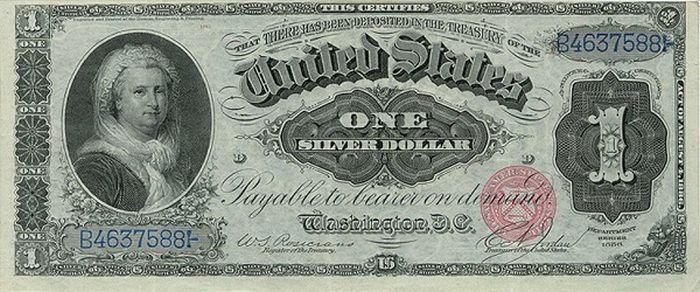|
|
Rare US Dollar Bill
|
In the 16th century, Count Hieronymus Schlick of Bohemia began minting coins known as Joachimstalers (from German thal, or nowadays usually Tal, "valley", cognate with "dale" in English), named for Joachimstal, the valley where the silver was mined (St. Joachim's Valley, now Jáchymov; then part of the Holy Roman Empire, now part of the Czech Republic). Joachimstaler was later shortened to the German Taler, a word that eventually found its way into Danish and Swedish as daler, Dutch as daalder, Ethiopian as talari, Italian as tallero, Flemish as daelder, and English as dollar. Alternatively, thaler is said to come from the German coin Guldengroschen ("great guilder", being of silver but equal in value to a gold guilder), minted from the silver from Joachimsthal.
Nicknames
The colloquialism "buck" (much like the British word "quid" for the pound sterling) is often used to refer to dollars of various nations, including the U.S. dollar. This term, dating to the 18th century, may have originated with the colonial fur trade. "Greenback" is another nickname originally applied specifically to the 19th century Demand Note dollars created by Abraham Lincoln to finance the costs of the Civil War for the North. The original note was printed in black and green on the back side. It is still used to refer to the U.S. dollar (but not to the dollars of other countries). Other well-known names of the dollar as a whole in denominations include "greenmail", "green" and "dead presidents" (the last because late presidents are pictured on some of the bills).
|
|









